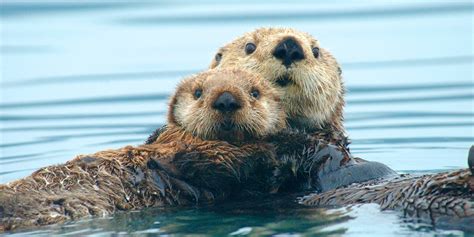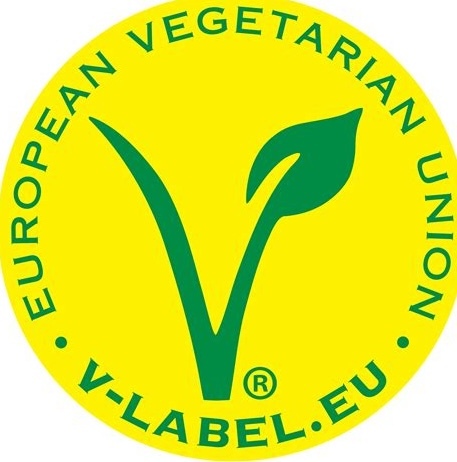As a growing number of zoos report animal deaths, scientists are concerned that infected wild birds landing in enclosures could be spreading it among captive animals. In the US, a cheetah, mountain lion, Indian goose, and kookaburra were among the animals that died in Wildlife World Zoo near Phoenix, according to local media reports last week. San Francisco Zoo temporarily closed its aviaries after a wild red-shouldered hawk was found dead on its grounds, and later tested positive for highly pathogenic avian influenza (HPAIV). A rare red-breasted goose died at Woodland Park Zoo in Seattle, causing aviaries to close and penguin feeding for visitors to be suspended in November. These cases follow the deaths of 47 tigers, three lions, and a panther in zoos across South Vietnam over the summer.
Bird flu viruses can be passed among a wide variety of animals. In 2020, a variant spread across the world, finally reaching the Antarctic in late 2023, causing millions of wild animals to die across Eurasia, Africa, North America, and South America on its route. In the US, it fully adapted to cattle, increasing the risk of human infections.
The spread continues in dairy farms, especially in California – the US’s top-producing dairy state – where nearly half of the state’s 1,300 farms have now been affected, and two farm workers tested positive this month. Two indoor cats are suspected to have died in Los Angeles after drinking infected raw milk.
In some regions, such as the UK and the EU, licensed bird flu vaccines can be used on captive zoo animals. In the US this is not allowed.



So, obviously I’m not suggesting that the garbage bags of deceased chickens OP commenter saw on a jog are a primary driver of the spread of avian flu across the world/NA.
Wildlife X captive non-human animal interactions are critical links in the transmission of avian flu. Hotbeds of mass-contained immunologically naive non-human animals (e.g., factory farms) play an important role in mutation and spread as well.
The big picture is that with the increasing threat of pandemic-scale zoonotic disease we need, at minimum, stricter biosecurity in industrial non-human animal agriculture. It is an industry that contributes the greatest zoonotic risk. However, it is also industry that litigiously shields itself from oversight (i.e., ag-gag laws) and has a ton of $$$ lobby power. Also, the incoming US administration couldn’t look more incompetent
Less non-human animal agriculture would be even better
I think I agree with you in general. My point is more that we tend to forget that wild animals are among us everywhere and we really do need to take care to be aware of that, but maybe I didn’t communicate that well.